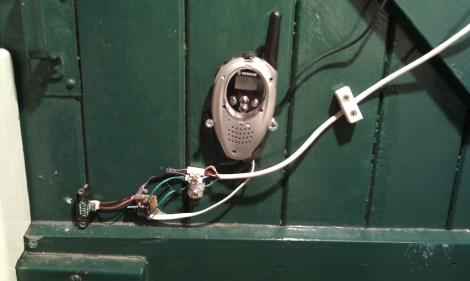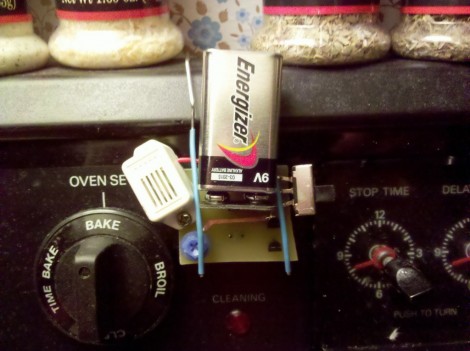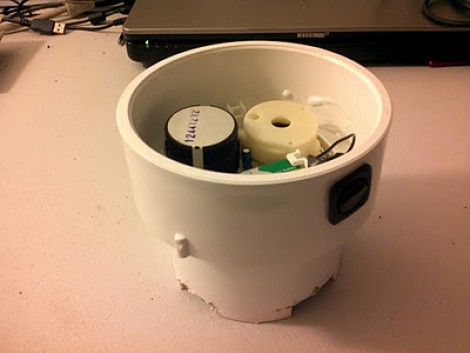The lion’s share of soil moisture monitors we see are meant as add-ons for a microcontroller. So we’re glad that [Miceuz] tipped us off about this soil moisture alarm he built with analog parts. It’s really not hard to take the concept and build it in the analog world. That’s because you’re just measuring a resistance value. But for those of us who never really got started with analog parts this is a great project to learn from.
A high-efficiency op-amp is doing the brunt of the work. When the soil is moist the resistance is rather low compared to a reference voltage provided by a separate resistive divider. But when the plant gets thirsty and the soil dries out the resistance increases, triggering the op-amp to illuminate an LED and create some noise on the buzzer (we’re a bit confused on how that buzzer works).
Unfortunately this isn’t a viable long-term solution as the battery calculations show it lasting only about four months. That’s where a microcontroller-based circuit really shines, as it can put it self in low-power sleep and wake infrequently to take readings.


















